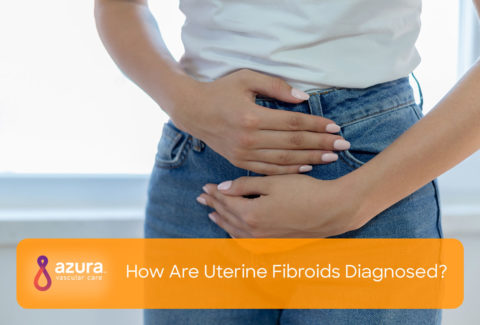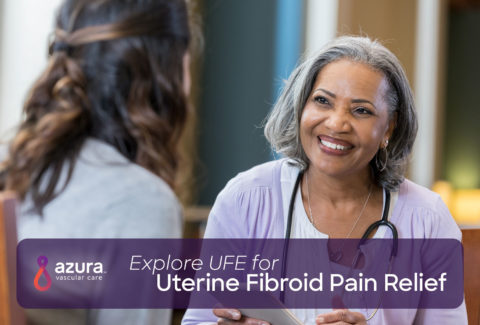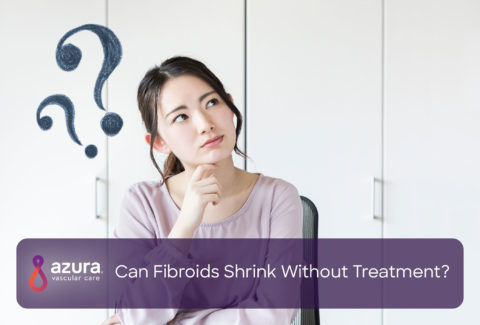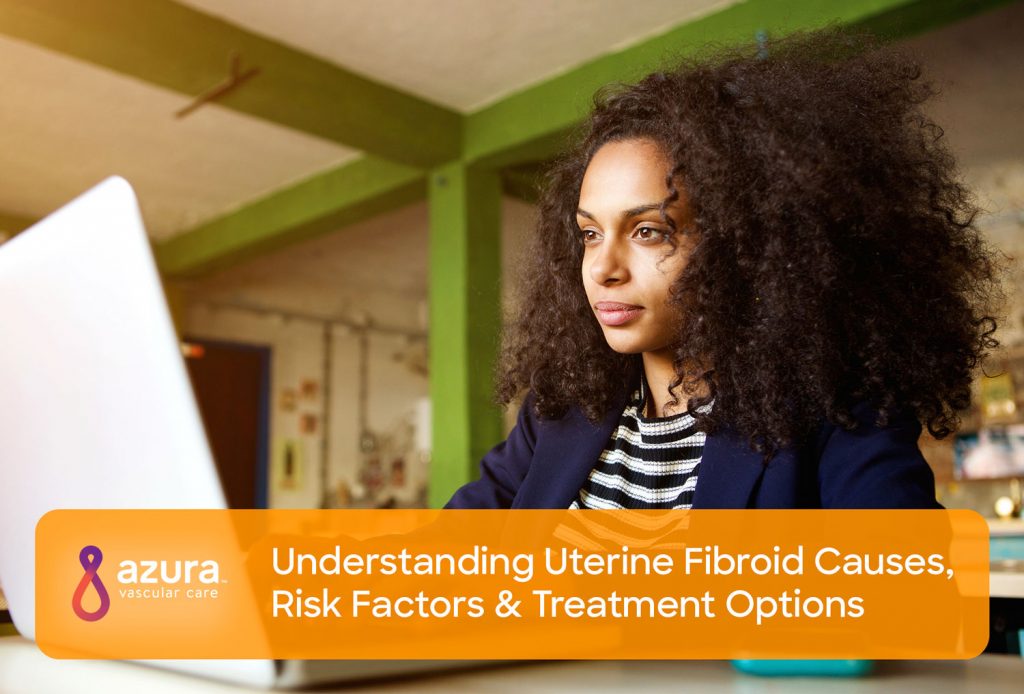
If you’re experiencing heavy bleeding, long menstrual periods, pelvic pain, frequent urination, or constipation, you may have uterine fibroids. However, it’s important to note that some women with the condition do not experience any symptoms. (i)
Uterine fibroids are noncancerous tumors that grow in the uterus. They may be smaller than an apple seed or grow to the size of a grapefruit. (i) Read more about uterine fibroid causes, risk factors and treatment options.
What Causes Uterine Fibroids?
Researchers have a number of theories about uterine fibroid causes but have yet to determine what actually causes them. Clinical experience and research point to the following factors:
- Estrogen: A group of steroid hormones that promote the development and maintenance of the female characteristics of the body (ii, iii)
- Progesterone: A hormone that stimulates and regulates various functions and plays a role in maintaining pregnancy (ii, iii)
- Growth hormones: Particularly insulin-like growth factors, epidermal growth factors, and transforming growth factors (ii, iii)
- Genetic factors: A family history of fibroids (ii, iii)
- Misplaced cells present in the body before birth: These cells can attach to the uterus and multiply (ii, iii)
- The quantity of micronutrients in your blood: Certain micronutrients may contribute to the development of fibroids (ii)
- Major stress: Stressful life events and possibly childhood abuse (ii, iv)
Most experts agree that causes for uterine fibroids are under the control of both estrogen and progesterone. In fact, they grow quickly when a woman is pregnant and hormone levels are high, then shrink when anti-hormone medications are taken. (v) They also shrink or no longer grow after menopause. (v)
Know the Risk Factors
Some things can increase your chance of developing uterine fibroids. These factors include: (vi)
- Age: Fibroid development becomes more common as women age, especially during a woman’s 30s and 40s and on through menopause. After menopause, fibroids typically shrink.
- Weight: Women who are overweight are at higher risk for developing fibroids. For very heavy women, the risk is two to three times greater than average.
- Diet: Eating a lot of red meat and ham is linked with a higher risk of fibroids. Eating plenty of green vegetables has been found to protect against fibroids.
- Family history: Having a family member with fibroids increases your risk. In fact, if your mother or sister had fibroids, your risk of developing them is about three times higher than average.
- Ethnic origin: African-American women are more likely to develop fibroids than Caucasian women.
Treating Uterine Fibroids
There are a variety of uterine fibroid treatment options. However, most doctors agree that no treatment is needed if you aren’t experiencing any symptoms. (i)
It’s also important to look at your specific symptoms. Are you experiencing heavy menstrual bleeding or “bulk” symptoms, like pelvic pain and frequent urination, which are caused by large fibroids in the abdomen? Other factors that will guide your treatment plan include whether you’d like to have children, your age, and how close you are to menopause. (i) Once you start menopause, it’s likely that your fibroids will shrink or even disappear. However, until menopause begins, fibroids may continue to form even if other fibroids have been removed. (i)
If you’re considering a surgical approach, talk with your doctor about the risks and benefits of each procedure. A more conservative option is uterine fibroid embolization or UFE, a minimally invasive procedure. It safely and effectively shrinks uterine fibroid tumors and offers relief from the unpleasant symptoms that come with them. UFE is not a surgical procedure so it doesn’t require a surgical incision, allowing patients to avoid the lengthier recovery that comes with large incisions. UFE is performed in an outpatient setting so you will go home that same day to continue recovering in the comfort of your own home.
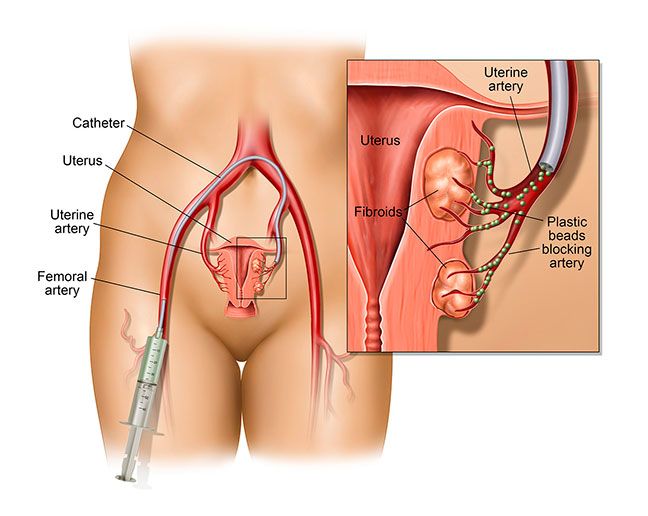
For more information on this treatment, download our free information sheet, Understanding Uterine Fibroid Embolization, or call 844-UFE-CARE (833-2273) today to schedule an appointment with a vascular specialist.
Sources:
(i) Parlikar, U. (2015, April 23). _No “best” treatment for common uterine fibroids._Retrieved June 12, 2018, from https://www.health.harvard.edu/blog/no-best-treatment-for-common-uterine-fibroids-201504237918
(ii) What causes uterine fibroids? (2016, December 1). Retrieved June 12, 2018, from https://www.nichd.nih.gov/health/topics/uterine/conditioninfo/causes
(iii) Lethaby A, Vollenhoven B. Fibroids (uterine myomatosis, leiomyomas). BMJ Clinical Evidence. 2011;2011:0814.
(iv) Baird, D., & Wise, L. A. (2011). _Childhood Abuse and Fibroids._Epidemiology, 22(1), 15-17. doi:10.1097/ede.0b013e3181fe1fbe
(v) Office on Women’s Health. (2018, March 16). _Uterine fibroids._Retrieved June 18, 2018, from https://www.womenshealth.gov/a-z-topics/uterine-fibroids
(vi) Uterine fibroids.(2018, March 16). Retrieved June 12, 2018, from https://www.womenshealth.gov/a-z-topics/uterine-fibroids
